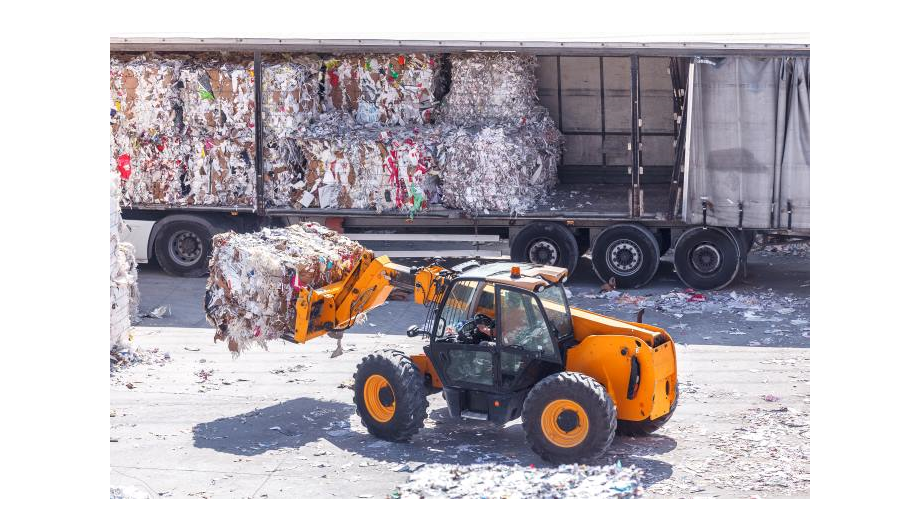How to Ensure Your Forklift Relays Don’t Fail
Forklifts have long been the workhorses of material handling in warehouses and distribution centres. However, as the industry races towards modernisation, these trusted machines are undergoing a revolution – one that’s exposing unexpected weaknesses in their electrical systems. At the heart of this transformation lies a small but crucial component: the relay (or contactor). These unassuming devices are facing unprecedented challenges with the rise of electrified forklifts.

內容目錄:
- The voltage dilemma: When 12 volts isn’t enough
- The arc of destruction: When contacts can’t keep up
- The inrush dilemma: When the first seconds count
- The mounting challenge: When installation becomes the weak link
- The environmental factor: When open designs meet harsh realities
- The safety imperative: Protecting those who keep fleets running
- Looking to the future: Adapting to the electric revolution
The voltage dilemma: When 12 volts isn’t enough
For decades, forklift manufacturers have been comfortable with 12V, 24V and 48V systems. It was a world they knew well, with predictable behaviours and tried-and-tested solutions. However, the drive for efficiency and power has pushed the industry into the uncharted territory of 80VDC and more.
Many design engineers don’t realise that simply changing the coil voltage isn’t enough. When you jump from 24V to 48V, 72V, or even 96V with new lithium-ion batteries, you’re entering a whole new ball game.
This leap in voltage introduces complexities that many are unprepared for, especially when dealing with DC loads. The result? Relays that are ill-equipped to handle the increased power, leading to premature failures and frustrated operators.
The arc of destruction: When contacts can’t keep up
As voltages climb, a phenomenon once negligible becomes a serious threat – arcing. Above 24V, the tiny gap between relay contacts becomes a battleground where electricity fights to jump the divide.
We are seeing two significant problems with this. Firstly, contacts are welded together from the intense heat, leaving the relay stuck in one position. Secondly, the arcing is eroding the contact surfaces, significantly degrading performance over time. This erosion creates a vicious cycle. As the contacts degrade, they become less effective, leading to more arcing and faster deterioration. It’s a problem that compounds itself, often catching maintenance teams off guard.
The inrush dilemma: When the first seconds count
Imagine a sprinter exploding off the starting blocks – that initial burst of energy is akin to what many forklift components experience when first activated. Motors, in particular, demand a massive surge of current in their first moments of operation.
It’s a detail that can be often overlooked. Engineers focus on the steady-state current, but it’s that initial inrush that can destroy a relay in seconds if it’s not properly specified. As contacts close, every bounce open could generate a short arc upon initial contact and perhaps bounce several more times, arcing each time before coming to rest. This generates hotspots, which create paths of least resistance for arcing to reoccur at the same point.
The solution lies in carefully selected contact materials capable of withstanding these momentary but intense demands. It’s a delicate balance between durability and conductivity that separates long-lasting relays from frequent replacements.
The mounting challenge: When installation becomes the weak link
In forklift maintenance, quick replacements are key. This has led to the widespread use of socket-mounted relays. While convenient, this design introduces its own set of potential failures.
We find that many issues stem not from the relay itself but from poor connections between the relay and its socket. Poor quality crimp terminals or the material from which they are made is poor quality, especially for the load terminals, which can lead to heat build-up and eventual failure at these junction points. This highlights the importance of looking beyond the relay itself to the entire installation ecosystem. A top-tier relay in a subpar mounting system is a recipe for disaster.
The environmental factor: When open designs meet harsh realities
In the pursuit of cost-effectiveness, some manufacturers have opted for open-frame relay (or contactor) designs. While economical, this approach exposes the critical contact points to the often harsh environments in which forklifts operate. We’ve had reports of everything from dust to cockroaches interfering with contact closure. In outdoor applications, this exposure can lead to rapid degradation and unreliable operation, and therefore, higher total cost of ownership in the long run.
This revelation underscores the need for sealed designs in many forklift applications, protecting these vital components from the very environments they’re meant to conquer.
The safety imperative: Protecting those who keep fleets running
As forklift systems evolve, so too must the safety considerations surrounding them. The shift to higher voltages introduces new risks, particularly for service technicians accustomed to working with lower-voltage systems. There’s a very real danger of injury if a technician unknowingly installs a low-voltage relay in a high-voltage system. It’s driving innovations in foolproof designs to prevent such potentially hazardous mix-ups.
This focus on safety extends to the materials used in relay construction. Flame-retardant plastics are now a must, providing an additional layer of protection in worst-case scenarios.
Looking to the future: Adapting to the electric revolution
As the forklift industry continues its march towards electrification, the humble relay (or contactor) stands at a crossroads. The challenges outlined here drive design, materials, and safety features innovations.
We are seeing a push towards fully sealed DC contactors (or relays) that can withstand these new demands, leading to a period of rapid development. The lessons learned from these failures fuel the next generation of ultra-reliable components.
Staying informed about these evolving technologies is crucial for fleet managers and maintenance teams. As forklifts become more powerful and sophisticated, so must the components that keep them running. By understanding the root causes of relay failures, the industry can work together to build more reliable, efficient, and safe material handling solutions for the electrified future.
This article was submitted by Durakool.




